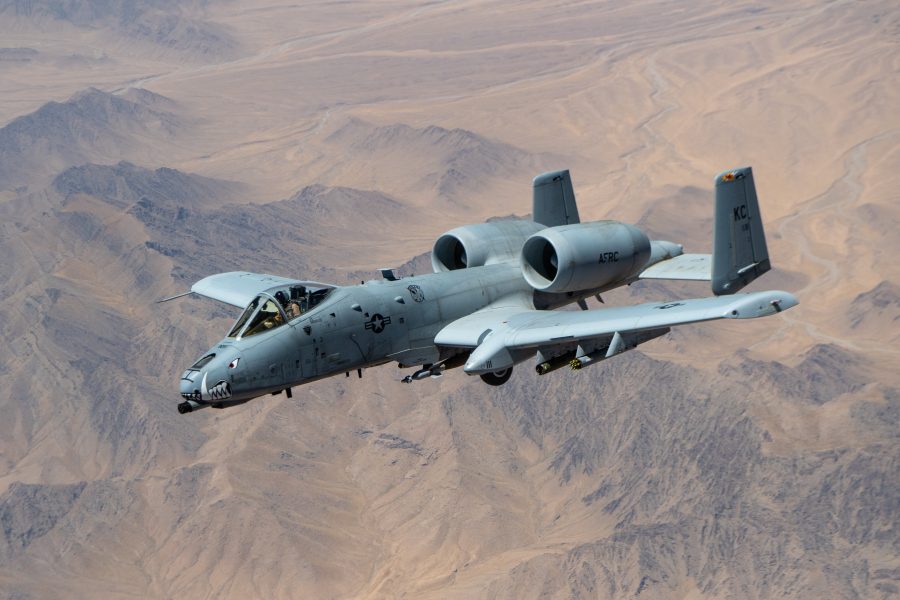The Pentagon is reportedly preparing to further withdraw forces from Afghanistan and Iraq by mid-January, despite warnings from the former Defense Secretary and an independent watchdog that violence remains high.
CNN first reported Nov. 16 that the Pentagon has issued a “warning order” to begin planning to draw down forces in Afghanistan from the current level of about 4,500 to 2,500, along with dropping the current number of forces in Iraq from 3,000 to 2,500. The move is a sign the Defense Department expects a formal order from President Donald J. Trump to withdraw forces before his term ends on Jan. 20, 2021.
Trump has pressured the Pentagon to bring U.S. forces home—tweeting in October that, “We should have the small remaining number of our BRAVE Men and Women serving in Afghanistan home by Christmas!”
The order comes days after Acting Defense Secretary Christopher C. Miller, in his first message to the troops, said the time has come for American service members to come home from Afghanistan.
“Ending wars requires compromise and partnership,” Miller wrote. “We met the challenge; we gave it our all. Now it’s time to come home.”
Miller—who served as a U.S. Army officer and former special operations Soldier in the early days of the war in Afghanistan—warned the war against al-Qaida is not completely finished.
“This war isn’t over,” he wrote. “We are on the verge of defeating al-Qaida and its associates, but we must avoid our past strategic error of failing to see the fight through to the finish. Indeed, this fight has been long, our sacrifices have been enormous, and many are weary of war—I’m one of them—but this is the critical phase in which we transition our efforts from a leadership to supporting role. We are not a people of perpetual war—it is the antithesis of everything for which we stand and for which our ancestors fought. All wars must end.”
Miller was appointed to be the Pentagon’s acting leader after Trump fired former Defense Secretary Mark T. Esper on Nov. 9. Esper reportedly cautioned against drawing down too far in Afghanistan. The Washington Post reported that Esper sent a classified memo to the White House in November raising concerns about withdrawing more forces, saying there was too much ongoing violence and remaining troops could be in danger in the event of a rapid pullout.
Other senior national security leaders have pressed for a broader withdrawal. National Security Adviser Robert O’Brien, in an October speech, said the U.S. will drop to 2,500 forces in Afghanistan by early next year adding, “I’m speaking for the President and I think that’s what the Pentagon is moving out and doing.”
Under an agreement with the Taliban signed in February, U.S. forces immediately reduced the troop level to 8,600, with the remaining set to leave in May 2021, provided the Taliban held up its end of the agreement to reduce violence.
However, the Special Inspector General for Afghanistan Reconstruction in its latest quarterly report to Congress, released Nov. 5, said enemy-initiated attacks in Afghanistan have increased, with the goal of harassing and undermining the Afghan government. U.S. airstrikes in the country also have increased, according to SIGAR.
Air Forces Central Command this year stopped publicly releasing airstrike totals, along with all airlift, refueling, and surveillance sortie totals. While the amount of U.S. forces and aircraft deployed to Afghanistan has dropped, U.S. combat and mobility aircraft are deployed and flying at a high operations tempo from other Middle East bases.
The drawdown inside Iraq comes as U.S. forces and coalition forces have already moved out of the country and left established bases. Earlier this year, as the COVID-19 pandemic spread, U.S. forces handed over multiple bases.
